
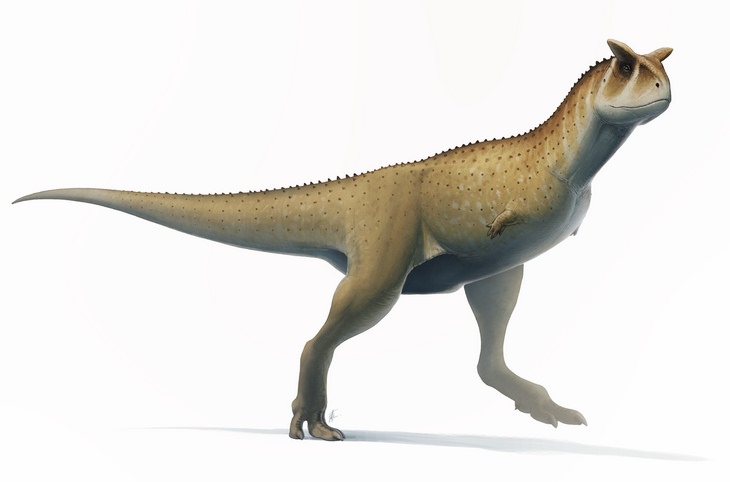 Source: Fred Wierum
Source: Fred Wierum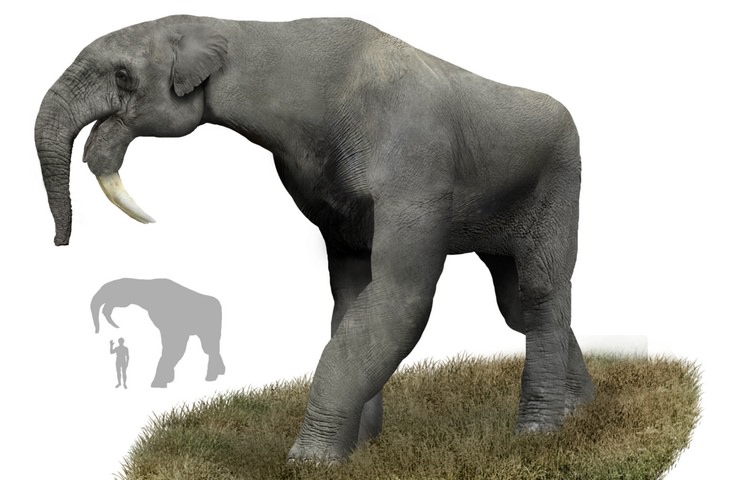 Source: Tim Bertelink
Source: Tim Bertelink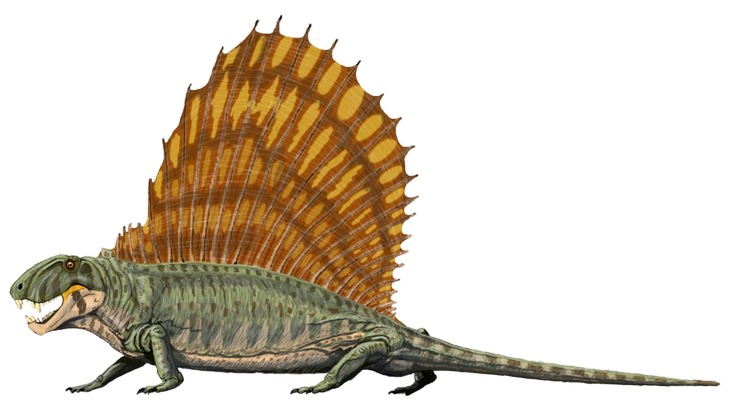 Source: DiBgd
Source: DiBgd
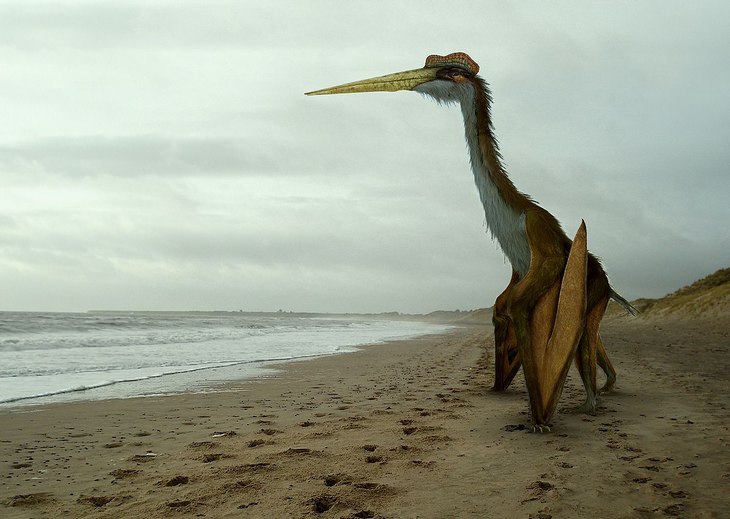 Source: Johnson Mortimer
Source: Johnson Mortimer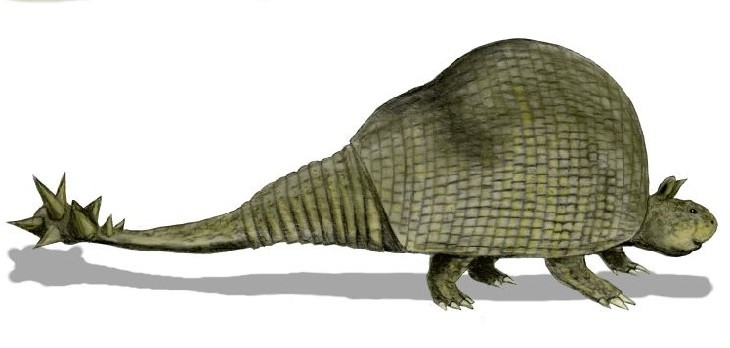 Source: Nobu Tamura
Source: Nobu Tamura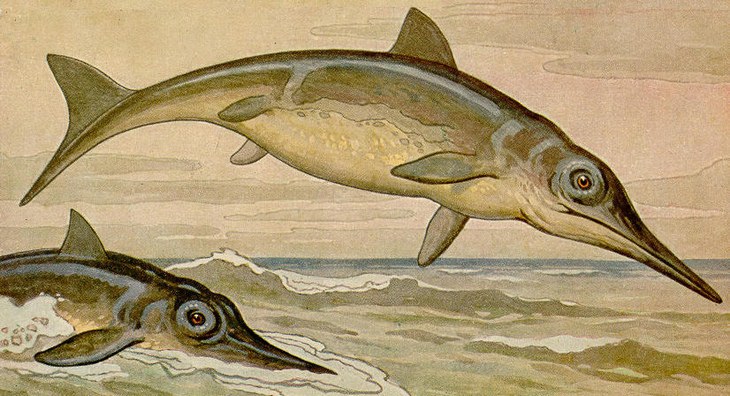

Is The Dog Okay? - 16 Sidesplitting Photos
Apart from being cute, loving, and loyal, dogs can also be hysterically funny - and these photos are proof!

These Weird Facts About the World Definitely Stand Out...
There are some really weird facts about our world out there, but some are weirder than others. Here are 11 of the weirdest facts you'll probably ever read.
 18:00
18:00
Hammerhead Sharks - Eevolution's Strangest Turn
Around 20 million years ago evolution introduced hammerhead sharks. Why did evolution make such a surprising turn and what makes these sharks so uniqe?

13 Cats Being Their WEIRDEST Selves
Let’s face it. There will never be enough funny photos of malfunctioning cats to satisfy us...

17 Bizarre Animal Photos You Need to See!
The famous saying goes, “a picture is worth a thousand words.” If that saying is true, these bizarre animal photos are worth millions of words!
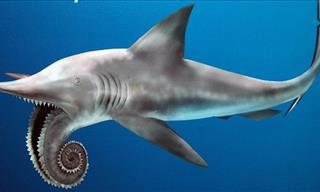
You Wouldn't Believe These Crazy Creatures Were Once Real!
Between the last 100 million centuries and 50 years, numerous odd and fascinating creatures have gone extinct, but are still remembered!
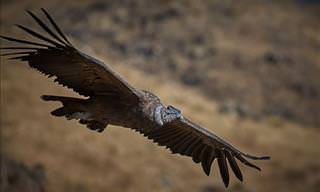
Amazing! These Birds Fly as High as a Commercial Plane!
Ever wondered what the highest flying birds in the world are? Well, you don't have to wonder anymore!
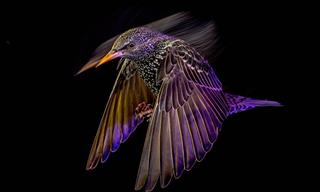
16 Majestic Bird Photos That Should Be Framed
The winners of the Bird Photographer of the Year 2022 were recently announced. Let’s check out the best winning images.

Gaze in Wonder at These 35 Amazing Photos of North America
North America has so much wonderful natural variety that it's easy to see why many believe it was blessed by God himself. Here are 35 amazing photos.
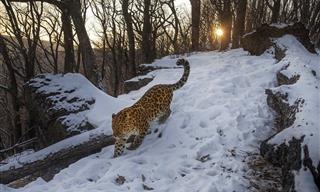
Nature inFocus Photography Awards: 17 Incredible Winners
Check out the incredible winners of the 2023 Nature inFocus Photography Awards.
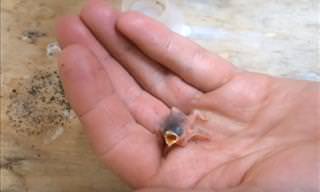 13:49
13:49
Say Hello to the Tiniest Bird You'll Ever See!
How small is the tiniest bird ever recorded? Watch this video and find out!
 24:41
24:41
Turbulent Waters: Unbelievable Sea Moments
The ocean can be a big and scary place. Here are some of the craziest sea moments caught on camera.
 3:25
3:25
These Rapid Blooming Flowers Will Brighten Your Day
This video of flowers blooming will brighten your day. So, go ahead, treat yourself to a few minutes of beauty and relaxation.

15 Mind-Blowing Facts About Our Feathered Friends
From your friendly neighborhood crow to some of the rarest bird species in the world, here are 15 fantastic facts about birds.

15 Times Birds Built Nests in the Most UNUSUAL Places
Some birds build their nests in the most unusual places, such as a mop, a helmet, and even a bag.
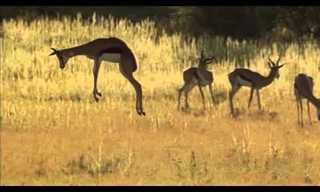 2:58
2:58
The Pronking Dance of the Antelopes - Lovely!
The sprinbok like to find a place of rain, and after it passes, they celebrate the fresh grass with... pronking, a very beautiful, very strange dance!

17 Heart-Melting Smiling Animals to Brighten Your Day
Smiles are contagious - that everyone knows, so look at these pictures of smiling animals and one will spread across your face in no time.
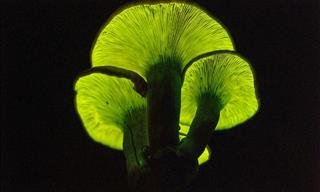
These Rare Mushrooms Can Glow In the Dark
Only about 70 mushroom species out of 14,000 have this beautiful and rare ability.

10 Marvelous Nature Spots That Are Too Beautiful For Words
Here are 10 spectacular natural sights our planet has to offer:
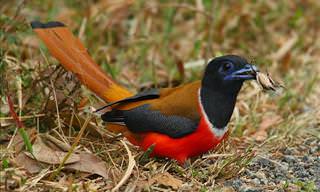
Witness the Stunning Majesty of the Birds of India
If you're a bird lover, then few places on this planet are more ideal for you than India. Find out why here.
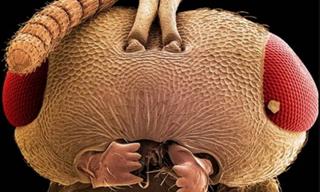
16 EERIE Close-Ups of Bugs Under a Microscope
Take a look at these terrifying close-ups of insect faces.
 4:06
4:06
The Beautiful and Elusive Snow Leopard of the Himalayas
The snow leopard is one of the most poorly-understood cats in the wild, mainly because it's so hard to see one that doesn't want to be seen.

You Will Be Amazed at the United Kingdom's Pure Natural Beauty
The British Isles are ancient lands, filled with history, and also places of sublime natural beauty. Come see these beautiful places close at hand, taken by talented photographers.
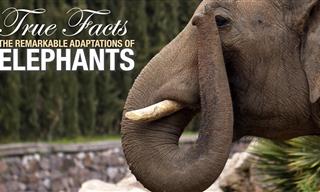 16:05
16:05
Hilarious Nature: True Facts About Elephants!
Come with us as we explore this huge mammal, make some jokes and meet one of the smartest and most fascinating of all animals, the elephant.

The Humble Origins of 10 Proud Rivers...
Did you ever wonder just how the world's greatest rivers begin? Here we show you the humble little sources of 10 amazing rivers. Just click to see!
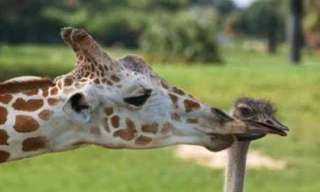
The Most Incredible Animal Friendships!
in reality, animals can sometimes remind us of childhood stories and tv programs - sometimes the unlikely friendships are indeed made by animals, and here's the proof:
 7:43
7:43
7 Fascinating Natural Phenomena Science Can’t Explain
From the Great Blue Hole in Belize to the Sailing Stones in CA, this video will introduce you to 7 natural phenomena science isn't fully able to explain.

16 Photos That Showcase Our Planet’s Breathtaking Beauty
Check out these unbelievably picturesque photos from around the world.
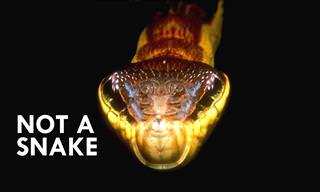 11:54
11:54
Mimicry: The Most Fascinating of Animal Weapons
By far the coolest skill is the ability of some animals to mimic - down to the smallest detail - its surroundings, as well as other animals
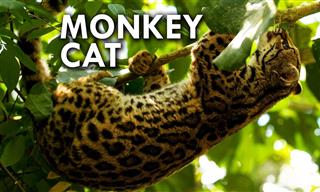 6:33
6:33
Graceful Margay: The Elusive Feline of the Rainforest
Meet the Margay, the most arboreal cat in the world.
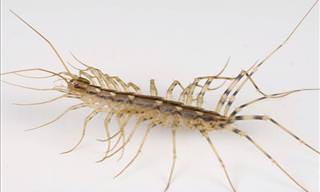 5:35
5:35
Stop Killing Centipedes in Your Home! Here's Why...
When it comes to common house centipedes, it many be far more beneficial for you to simply leave them alone instead of killing them. Here's why.

All Dogs Are Loyal, But Which Breeds Are the MOST Loyal?
Dogs have been man's best friend for millennia now, but there are some breeds that exhibit traits of undying loyalty. Here are the top 10 most loyal dog breeds.
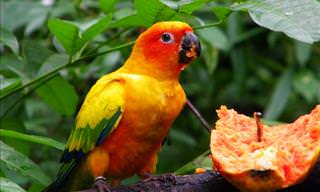
You Won't Find More Beautiful Parrots in the World...
There are around 350 different species of parrots in the world. Here you will find 10 of the most beautiful!

Extreme Alternative Agriculture: Growing Basil Underwater
Join us on a swim to Nemo’s Garden, a hydroponic garden at the bottom of the Mediterranean Sea.

14 Birds that Are Nature's Gemstones
While you may have seen birds native to your area, we're sure you've never seen these before......

These Beautiful Endangered Butterflies are a Joy to Behold
These exotic butterflies are extremly rare and placed high atop the endangered species list, but will fill your eyes with color and wonder.

Who Said Minerals Can't Be As Beautiful As Gems?
The most beautiful minerals in the world show themselves in these stunning photos.

Seeing These Pretty Flowers Will Put a Smile on Your Face
These flowers as so pretty it hurts. Just viewing them will put a smile on your face and brighten up the rest of your day.

Lovable Baby Animals You Just Want to Cuddle Up With!
A collection of cute and adorable baby animals you will love.

17 Utterly Beautiful Photos of Japan's Cherry Blossoms
The sight of blooming cherry blossoms is synonymous with springtime Japan. Take a look at these beautiful photos to remind you what a wonderful season this is.

Feast Your Eyes: 50 Stunning Sceneries From 50 US States!
The US is full of magnificent places, in each and every state...
 7:21
7:21
WATCH: These Two Elephants Meet After 20 Years...
Being apart for 20 years can be hard, and when these 2 elephants finally met again, the results were simply beautiful.
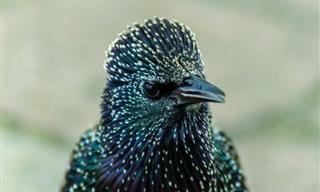 1:01
1:01
Starlings Are Master Sound Imitators - Fascinating!
Did you know that the European starling is capable of mimicking practically any sound it hears with uncanny precision? That includes human voices.
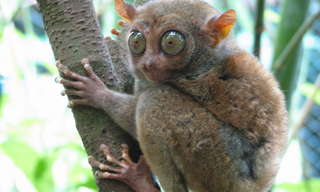
11 Incredible Animals with Even More Incredible Abilities!
Forget imaginary superheros and science fiction! These real animals have their own super powers and abilities such as camouflage, immortality and more!

You Won't Believe How a Walk in Nature Affects Our Brain
I was absolutely shocked to discover just how beneficial a walk in nature is for the brain. And upon reading #2 and #4, I couldn't wait to put my walking boots on and hit the park.
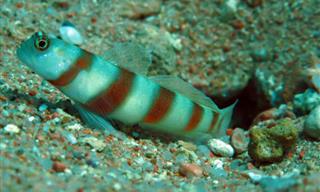
When Animals Cooperate: 10 Incredible Examples!
Discover how certain animal species help others in a way that makes you appreciate the beauty of nature more than ever.


